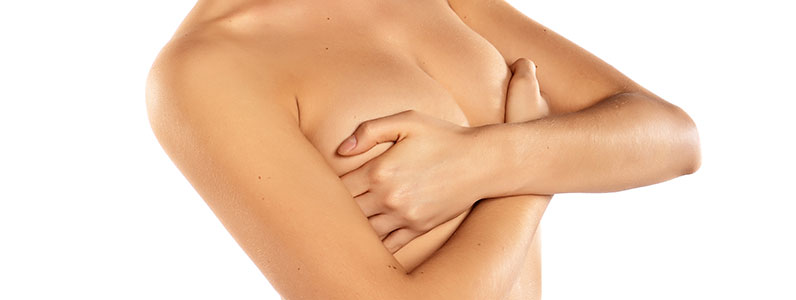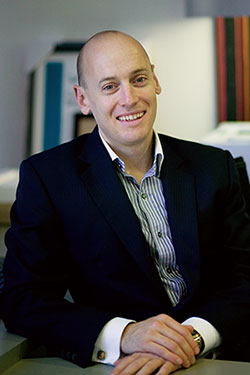
Imagine a futuristic world where there are flying cars, robots to do our housework, and plastic surgery procedures where we can move the fat from our unwanted areas and put them in places we want, like from our stomachs to our breasts. While you may have to wait slightly longer for the first two (sigh), you don’t have to wait any longer for the last. Fat grafting is the newest plastic surgery procedure that is sweeping the world.
Is this for real?
While relatively new, fat grafting is a real procedure. Plastic surgeons take what is called autologous fat (fat from your own body) and can transfer it to other areas. The fat is taken from areas that have excess fat such as the bum or outer thighs and is transferred to areas that are lacking or that the patient wants the fat transferred to. This includes the face, breast, buttocks or hands.
How does it work?
Plastic and reconstructive surgeons have been doing skin grafts, which are similar to fat grafts, for years. The concept is much the same. Surgeons take fat cells by liposuction from one area of the body; these cells are then separated out so that any fluid or blood that is not needed is removed. The fat cells are then injected into the target areas.
After injection, the fat cells don’t just automatically take hold. Just like skin grafts, the fat graft has to utilise the surrounding tissues in order to create a new blood supply so that the cells won’t die. Some of the cells that do die, send out chemical signals telling other fat cells that they need to replace them. The procedure does require general anaesthetic, but recovery time is quick (around 2-3 weeks). This procedure may be a good choice for women who want larger breasts but are afraid of implanting “artificial” material into their body.

Where can I get it done?
Dr Gavin Sandercoe (FRACS certified) is the first surgeon in Australia to be granted coverage by his medico-legal insurance company to perform fat transfer to the breasts. He also provides fat grafting procedures for other areas such as the face & buttocks. This approval by medico-legal reflects the extensive training and expertise that Dr. Sandercoe has gained in the field of fat grafting over the past 5 years.
Too good to be true?
There are risks involved with breast fat grafting. As described above, if portions of the fat do not “take” they can become calcified or cause lumps in the breast. It is estimated that 1 in 9 Australian women will get breast cancer in their lifetime. The current evidence is inconclusive as to whether fat grafting to the breasts does affect the lifetime risk of breast cancer in patients – some studies show a decreased risk, other studies dow an increased risk. Dr Sandercoe does require pre and post-op cancer screenings for all those who elect to have this procedure done on the breast tissue.
The end result
Whilst it’s been around for a few years now, fat grafting is the newest plastic surgery technique that is gaining much ground and attention worldwide. It’s a good choice for those who wish to enhance their face, hands, or bum and have fat in other areas of their body to spare. This procedure may be a good choice for women who want larger breasts but are afraid of implanting “artificial” material into their body and only want around a one cup size enhancement, or are prepared to have multiple procedures to achieve their goals. The procedure is not really suitable for women who want a huge increase in their breast size in one procedure.
If you’d like more information on this procedure or Dr Gavin Sandercoe click here or email us at [email protected].
Further Reading Related to Fat Transfer to Breasts
- Breast Augmentation Sydney – Breast Implants by Dr Bish Soliman
- Fat Transfer to Breast Before and After Photos by Dr Carmen Munteanu
- Breast Reshaping with Fat Grafting Gallery by Dr. Guy Watts
- Fat Transfer to Breasts Sydney by Dr Michael Kernohan
- Fat Transfer To Breasts / Lipofilling – Anca Breahna
